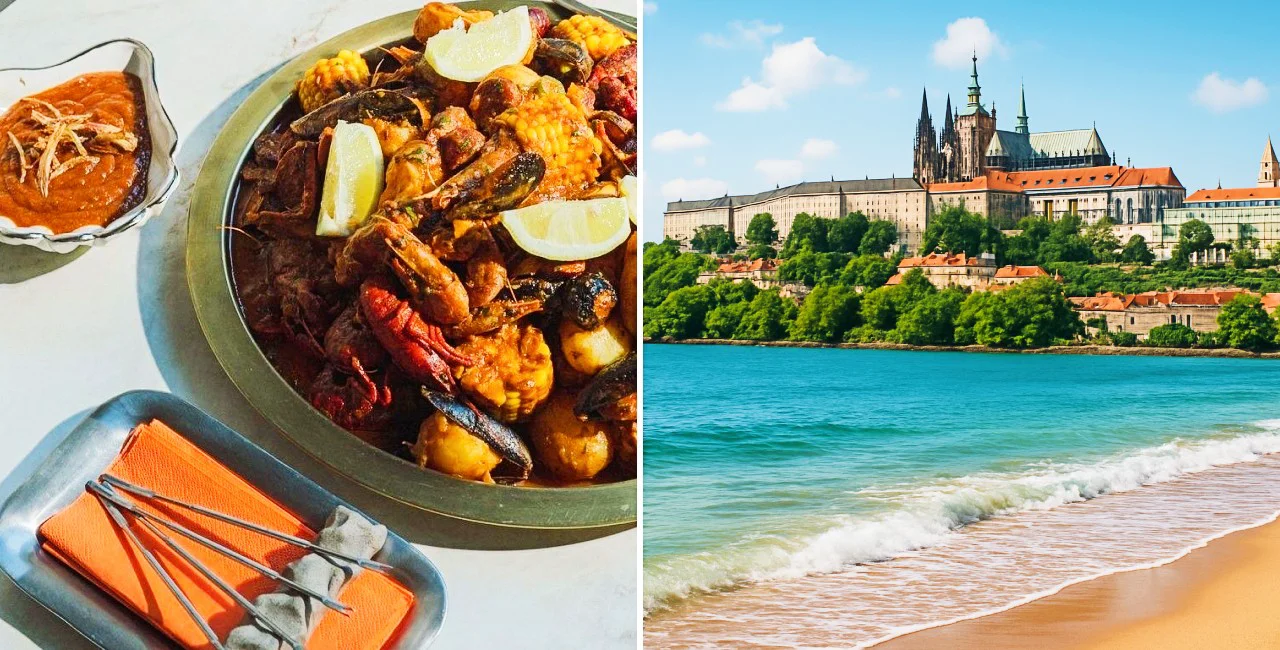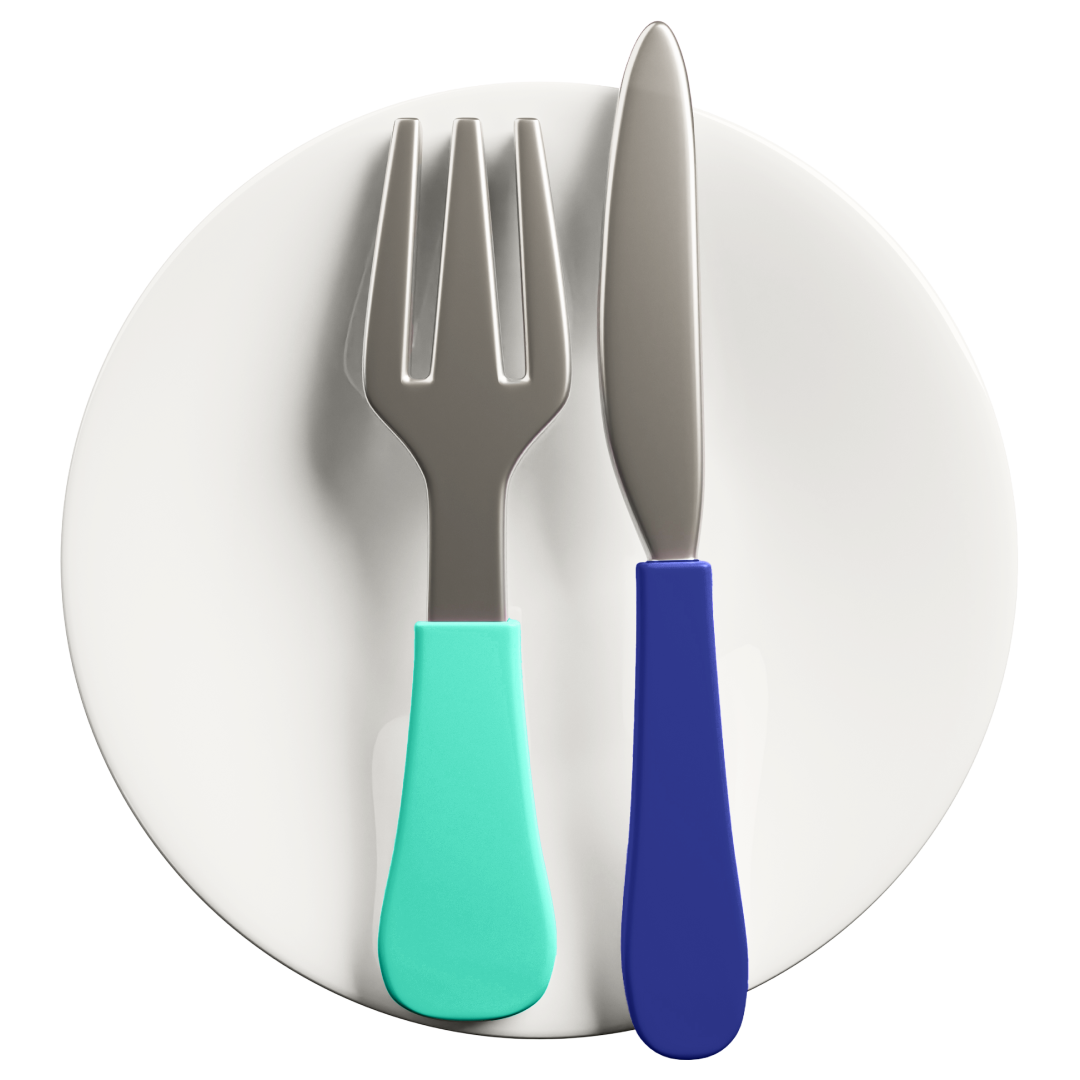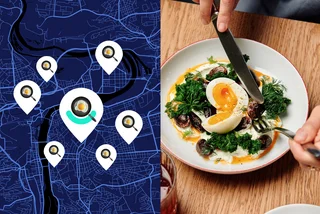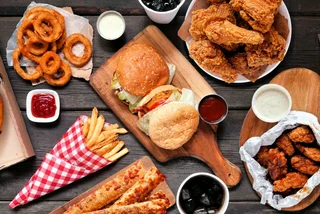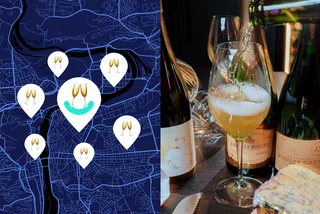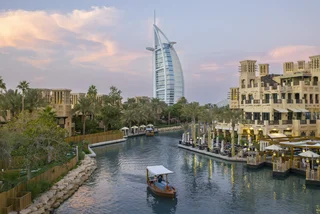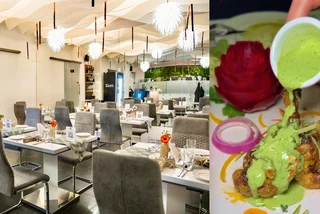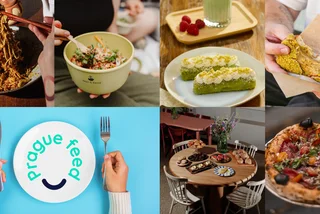A tray of Louisiana-style seafood boil clatters down onto our table, visually accosting us with the browned yellow of grilled corn, reddish orange of crayfish, and sprinkled greens of the herb seasoning. It is overwhelming to our party of six, all from countries that have a shoreline; and surely something which was inconceivable in Prague even 10 years ago.
We’re at Rakin ("Rak" meaning "crayfish" in Czech), a newly-opened seafood restaurant in Prague 6. Behind it is Patrik YerAnyan, who has made a living importing fish for the past ten years after coming to the Czech Republic from Armenia to play tennis.
PARTNER ARTICLE
YerAnyan told CzechCrunch that their concept is about purity and freshness. “We have access to the highest quality, freshest fish in Europe," he said, with most of Rakin's imports coming from Holland and France and crayfish from Romania. "We want people to taste it in its simplest form, without distractions, and really understand what fish is supposed to taste like.”
Carp at Christmas aside, fresh catch like that found at Rakin has historically been rare in Czechia, expensive, and often of poor quality. But over the past decade, with a wave of expats and foreign entrepreneurs bringing maritime flavors to the country, the culinary landscape has shifted dramatically, evidenced by the plates of buttery crayfish in garlic cream, oysters on ice, tuna tartare, and an “octopus hot dog” being served around us at Rakin.

The restaurant joins a growing list of places in Prague making seafood a staple rather than a splurge. Zdenek’s Oyster Bar in Old Town has long been a benchmark for quality oysters and Champagne pairings, and Ukrainians with a deep love for oceanic dishes opened Černomorka in Žižkov last year. And then there’s the annual Czech Mussel Week.
Starting in 2019, Czech Mussel Week began when blue mussels were imported from Yerseke in the Netherlands and cooked by Prague chefs across price categories to illustrate their accessibility and nutritional value. Over time, the festival evolved in scope, introducing vouchers for “1+1” free portions at restaurants around the Czech Republic. Last year, over 200 restaurants participated nationwide, serving an estimated 80,000 portions across different cities.
With such a huge number of restaurants involved, the event is naturally diverse, tapping into, for example, the Belgian culinary tradition of moules-frites, or “mussels and fries.” Chefs use it as a creative challenge, with mussels in wine, beer, tomato broth, curry, or Czech fusion. It’s become a kind of seasonal festival for foodies and expats, and for many Czechs, a gateway to seafood.
But the seafood boom isn’t driven by seafood alone. Plant-based innovation is shaping the scene, too.
At the recent Veggie Náplavka festival, Austrian food-tech company Revo Foods introduced Kraken: Inspired by Octopus to Czech audiences. The plant-based alternative mimics the taste and texture of octopus without harming marine ecosystems. Its reception shows how sustainability concerns are influencing what diners expect from seafood in 2025.

The Czech Republic doesn't need a coastline to enjoy the ocean’s bounty. Whether you’re cracking crayfish claws at Rakin, sipping Sancerre over oysters in Old Town, or sampling plant-based octopus at a weekend market, Czechia’s seafood scene is proving that geography is no longer destiny on the dinner plate.
Czech Mussel Week runs from Sept. 20–28. More info: www.czechmusselweek.cz












 Reading time: 2 minutes
Reading time: 2 minutes 